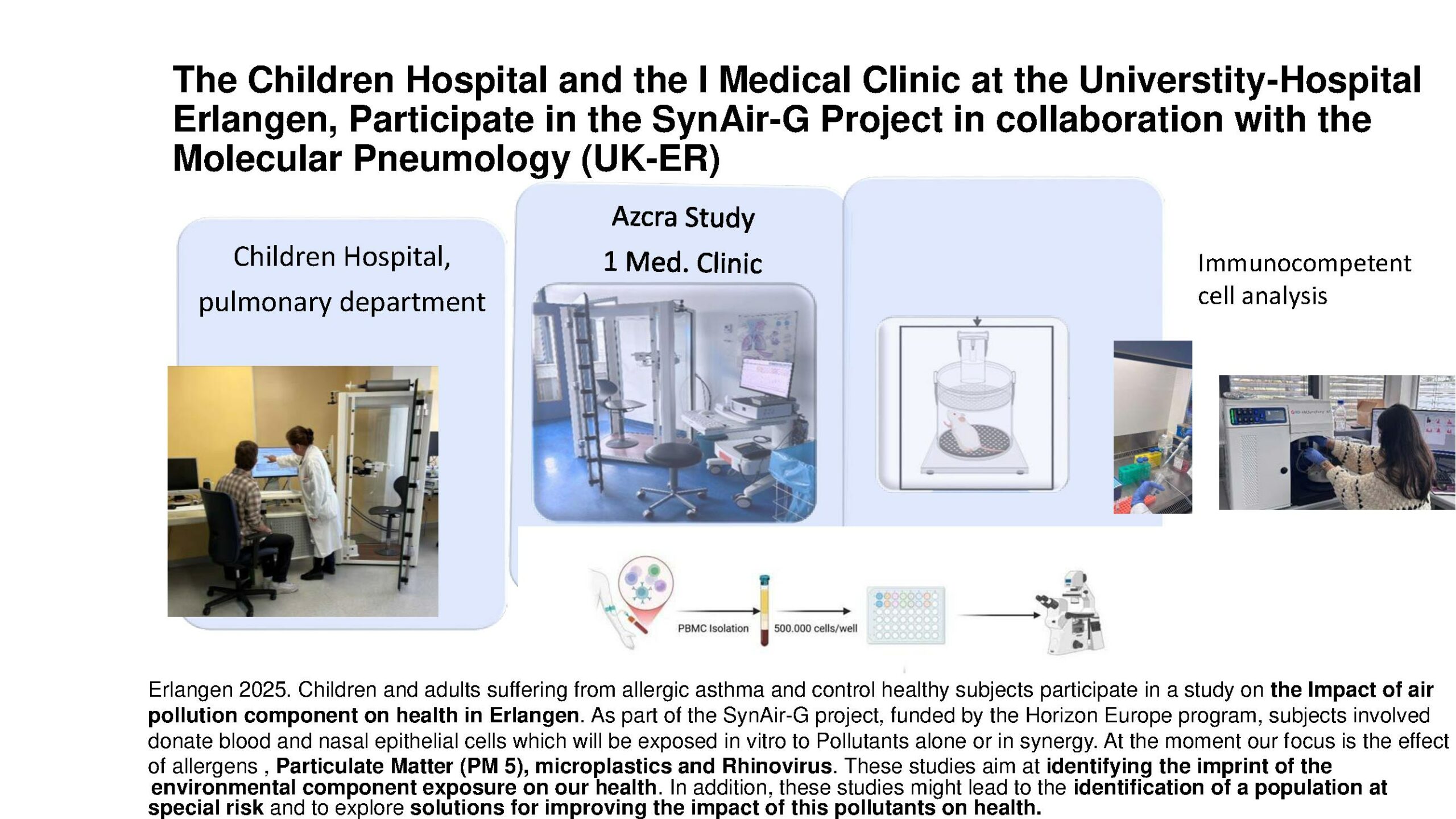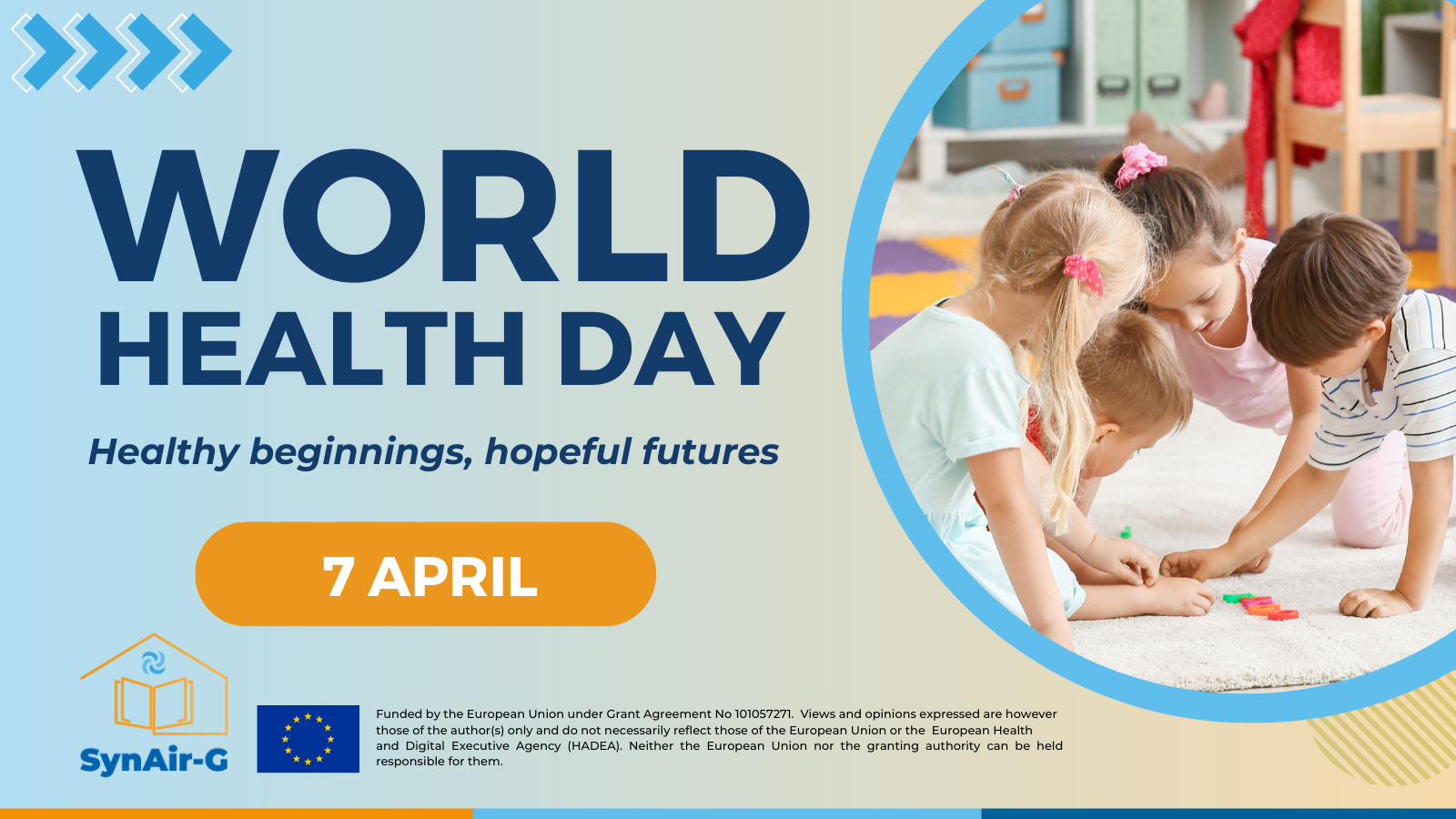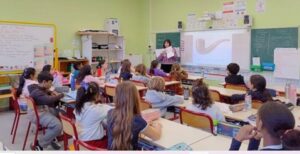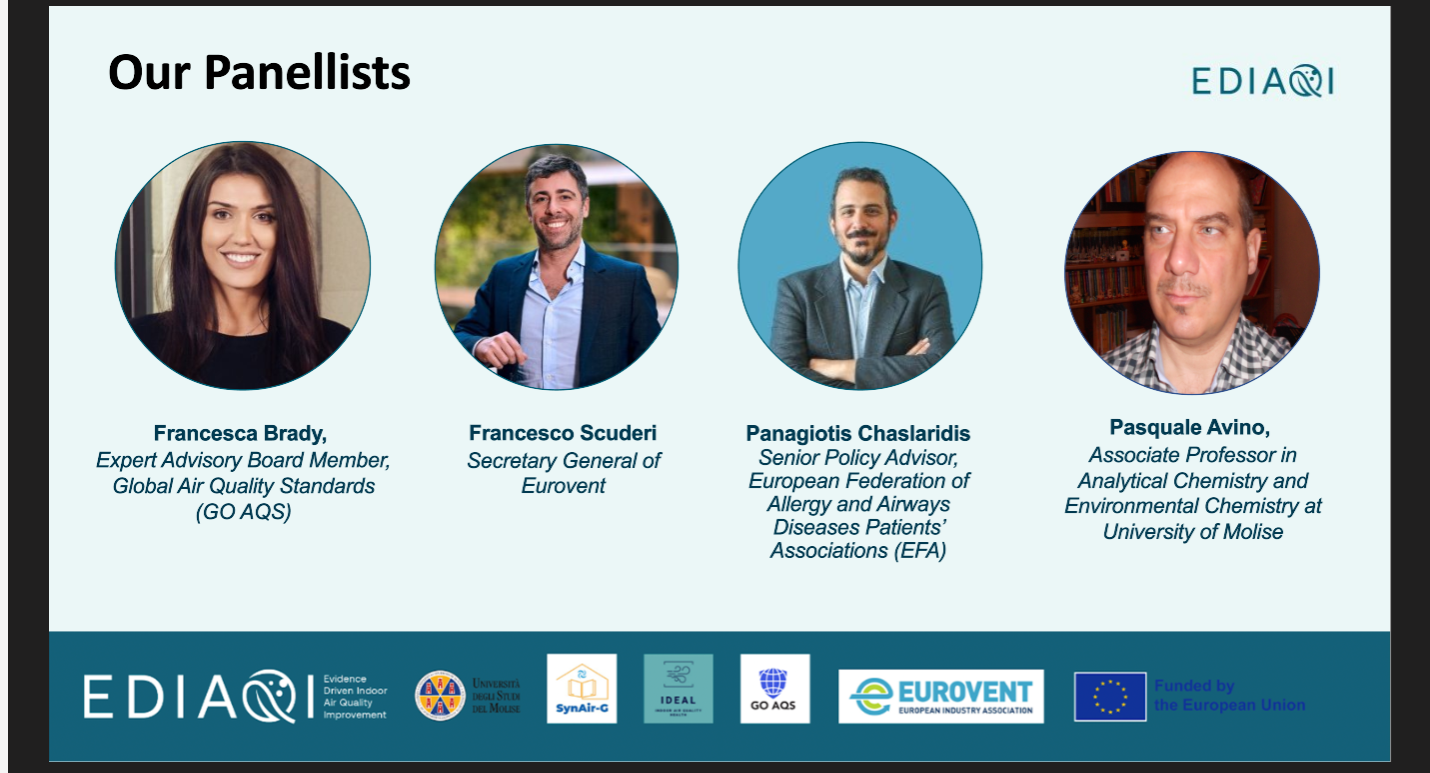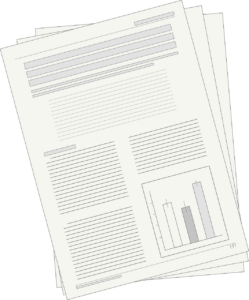
Published on 18 April 2025 at the Chemosensors Journal, the SynAir-G study “Monitoring of Indoor Air Quality in a Classroom Combining a Low-Cost Sensor System and Machine Learning” sheds light on the effectiveness of low-cost sensor (LCS) technology for monitoring indoor air quality in educational environments. The study is the result of a three-week monitoring campaign carried out in a primary school classroom in Athens, Greece, using the ENSENSIA sensor system, developed by FORTH. It focuses on evaluating the performance, reliability, and consistency of these sensors in measuring pollutants such as PM₂.₅, CO₂, CO, NO, NO₂, and O₃.
Monitoring indoor air quality in schools is vital, as children are among the most vulnerable populations to the effects of air pollution. However, traditional high-precision instruments, while accurate, are often too costly and complex to be deployed widely in schools. The ENSENSIA system represents a more practical alternative, offering an affordable and scalable solution that could significantly expand air quality monitoring coverage in classrooms.
The study assesses the variability and accuracy of different ENSENSIA systems placed within the same classroom, comparing their readings to those obtained from high-end reference instruments. It also examines the potential of machine learning (ML) calibration to improve sensor performance. Of the eleven ML algorithms tested, Support Vector Regression was found to be the most effective for calibrating CO, NO₂, and O₃ sensors, while the Elastic Net model was best suited for NO sensors. These calibration techniques significantly improved the inter-unit consistency of the sensors and reduced discrepancies in daily exposure estimates by up to 50%.
Beyond evaluating accuracy, the study investigates whether these sensors can reliably capture daily and hourly exposure to pollutants and detect significant pollution events—such as those caused by nearby traffic—inside the classroom. The findings highlight the potential for low-cost sensors to support real-time monitoring and data-driven interventions that improve indoor air quality and safeguard children’s health.
The study is expected to contribute valuable evidence to the broader goal of ensuring healthier learning environments and could support future EU-level recommendations for indoor air monitoring in schools.

